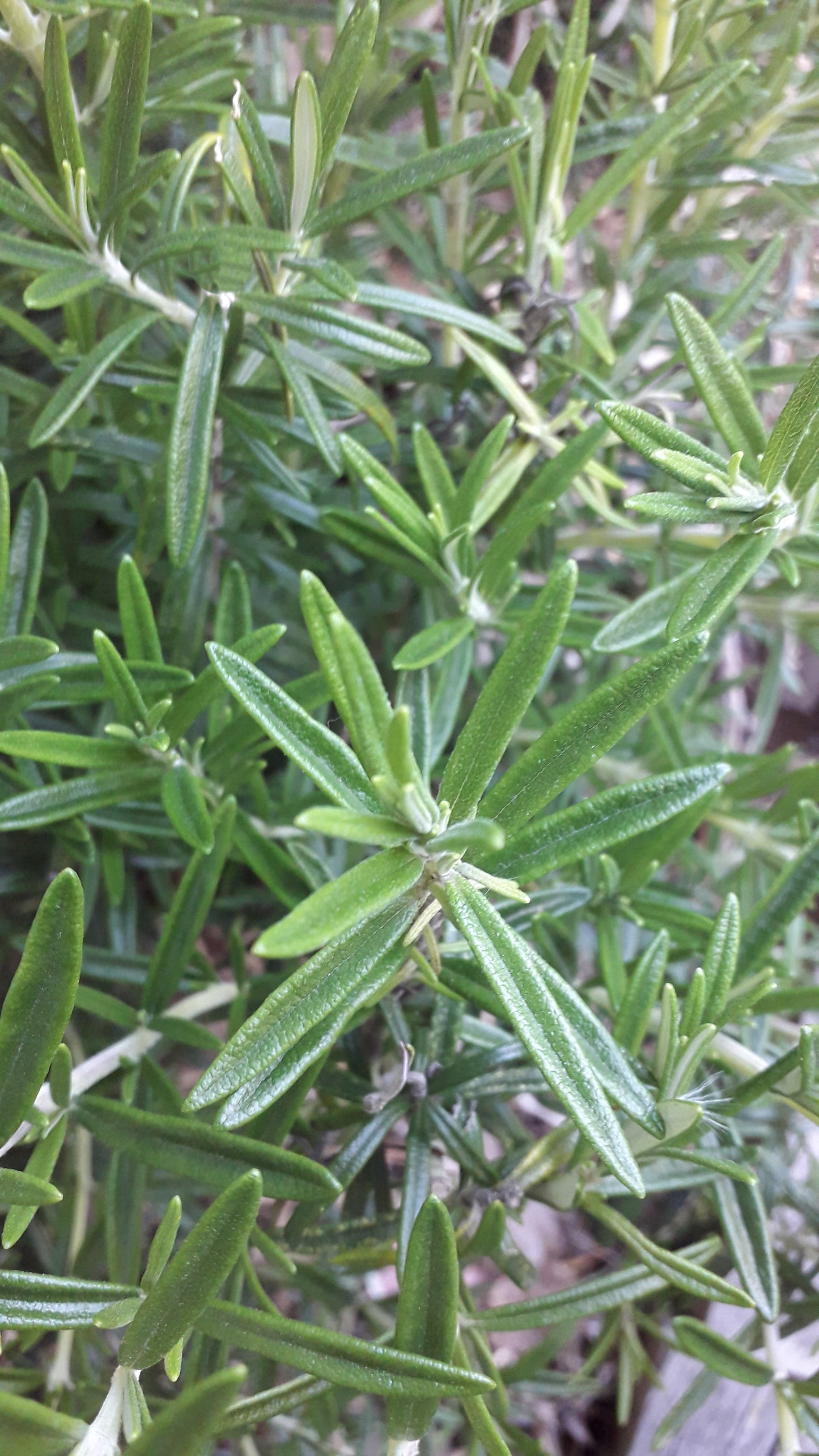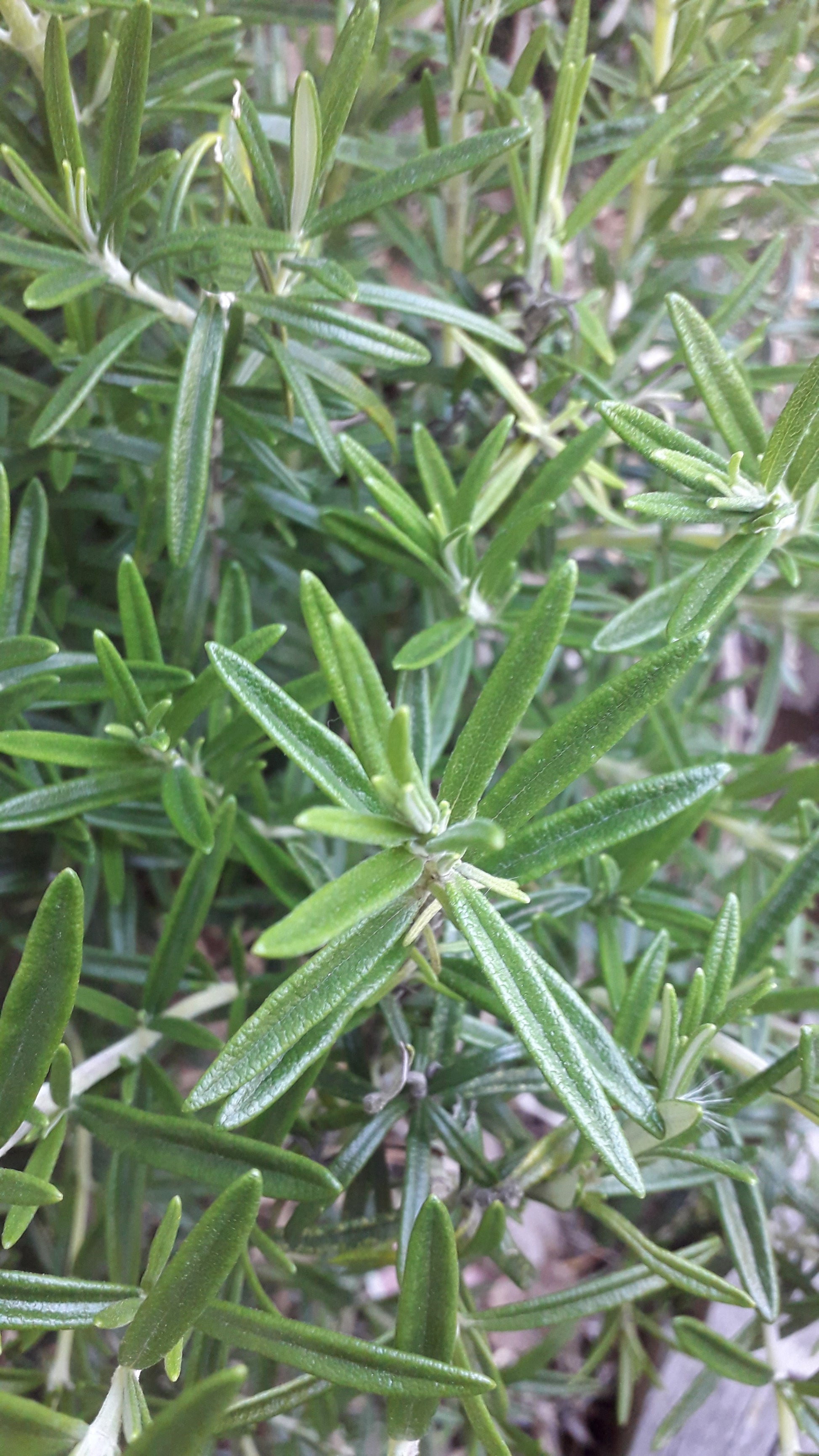The Herb Garden
Rosemary 'Tuscan Blue'
Rosemary 'Tuscan Blue'
Couldn't load pickup availability
Rosemary ‘Tuscan Blue’
Botanical name: Salvia rosmarinus (formerly Rosmarinus officinalis)
Life cycle: Perennial
Height: 1.5 m
Position: Full sun
Soil preference: Well drained
Description
Rosemary is an evergreen, woody shrub native to the Mediterranean region of Europe. Rosemary “Tuscan Blue’ is a large variety and may reach 1.5 – 2 m high and 80 cm to 1 m wide. It has quite a tall and stately appearance, with thick stems supporting an upright growth habit. It has short, narrow, dark green, aromatic, pine-like leaves and deep blue flowers which are held on tall stalks and bloom from late summer to autumn.
Rosemary ‘Tuscan Blue’ will do well in full sun to part shade, tolerate coastal conditions and drought and some frost. The foliage is aromatic with a distinctly pine like scent, while the taste is restrained and less harsh than other rosemary’s.
Uses
Culinary - Rosemary is most often used to season meats, especially lamb, pork, and chicken. Chopped rosemary can also be added to bread and scones with the flavour infusing throughout cooking. Potatoes, beans, and lentils also pair well rosemary. Rosemary can be quite potent and is therefore used sparingly. As both the fresh and dried leaves can be quite tough, it is usually chopped or crushed before adding to recipes. Sprigs of rosemary with the stem intact can be added to soups and stews and then removed prior to serving.
Medicinal - Rosemary contains antibacterial and antioxidant rosmarinic acid, plus several essential oils such as cineol, camphene, borneol, bornyl acetate, and α-pinene that are known to have anti-inflammatory, anti-fungal, and antiseptic properties.
Rosemary is a warming, tonic remedy that stimulates blood flow throughout the body, especially in those with low blood pressure. It is thought to promote blood flow to the head, thus improving memory and concentration. Drunk as a tea it is said to help ease migraine and headache and the symptoms of cold and flu.
Rosemary is considered a cognitive stimulant and can help improve memory and concentration. It is also known to boost alertness and focus. To improve concentration, burn several drops of rosemary essential oil in an oil burner (do not take essential oil internally except under a professional practitioner’s supervision).
The aroma of rosemary has been linked to improving mood, clearing the mind, and relieving stress. Valued as an herb to lift the spirit, it is useful for mild to moderate depression.
Rosemary has beneficial effects on hair. It is said to help increase hair growth by increasing circulation to the scalp; promote hair growth; strengthen hair and help to decrease flaking of the skin and itchiness caused by dandruff. Rosemary works by stimulating the hair follicles enabling hair to grow longer and stronger.
The flowers are very attractive to bees.
Growing conditions
Rosemary likes a slightly alkaline, well-drained soil in a sunny, open position. Rosemary is slow growing at first, however will need to be pruned regularly after the first two years. Rosemary is tolerant of dry periods, coastal conditions, poor soil, hot and windy aspects and even has moderate frost tolerance. Humid conditions, wet soil or excessive frost will cause problems for the roots and foliage. Plants may be pruned to shape, with larger varieties being suitable for hedging.
Rosemary can be grown from seed, however the seed is slow to germinate. Cuttings are more reliable if you want to be sure of replicating the shape, leaf, and flower colour of the parent plant. Take tip cuttings in spring when the plant is not in flower.
9cm pot.
Organically grown plant in a biodegradable coir pot.
Share


